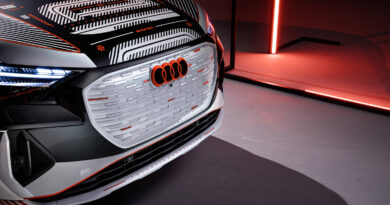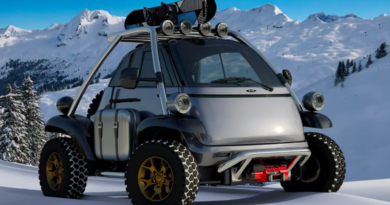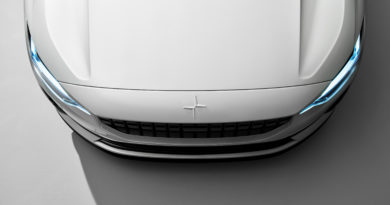Atlis utes for Australia, right-hand drive production possible
Atlis has created one of the biggest, baddest and most tech-savvy EV utes currently under development – and they look set to be coming to Australia.
Australian specialist vehicle retailer AUS MV and its conversion division SCD are in discussions with the American start-up about bringing the heavy-duty pickups down under.
AUS MV managing director Eddie Kocwa told EV Central that Atlis was one of at least four brands – Rivian, Hercules and Lordstown being the others – the company was looking to retail in Australia.
EXCLUSIVE REPORT: Every electric ute coming soon or currently under development
READ MORE: Ford reveals all-electric F-150 Lightning
And Kocwa listed Atlis as one of the easiest to be certified for sale locally.
“The easiest one to get manufactured in right-hand drive would be Atlis,” he told EV Central.
“They’re open to … doing some sort of help where we would manufacture the car here,” said Kocwa, adding Atlis was open to providing CKD (or semi-knocked down) kits that allowed for local assembly with some local parts, but largely “take some parts they’ve already done and we do the rest here, then we would make it as right-hand drive here.”
Kocwa is hoping for some government incentives to make the local manufacturing process more financially appealing, potentially helping offset some of the significant costs involved in converting cars from left-to-right-hand drive.
And it appears Atlis is open to selling cars outside of the United States.
In the FAQ section of its website, Atlis says it is currently evaluating some international markets, albeit without stipulating which ones.
“We are working on proposals for certain international markets and will provide more details in the future,” the company says. “Where we focus our efforts will depend on how successful we are domestically and what the actual demand or opportunity is in other regions.”
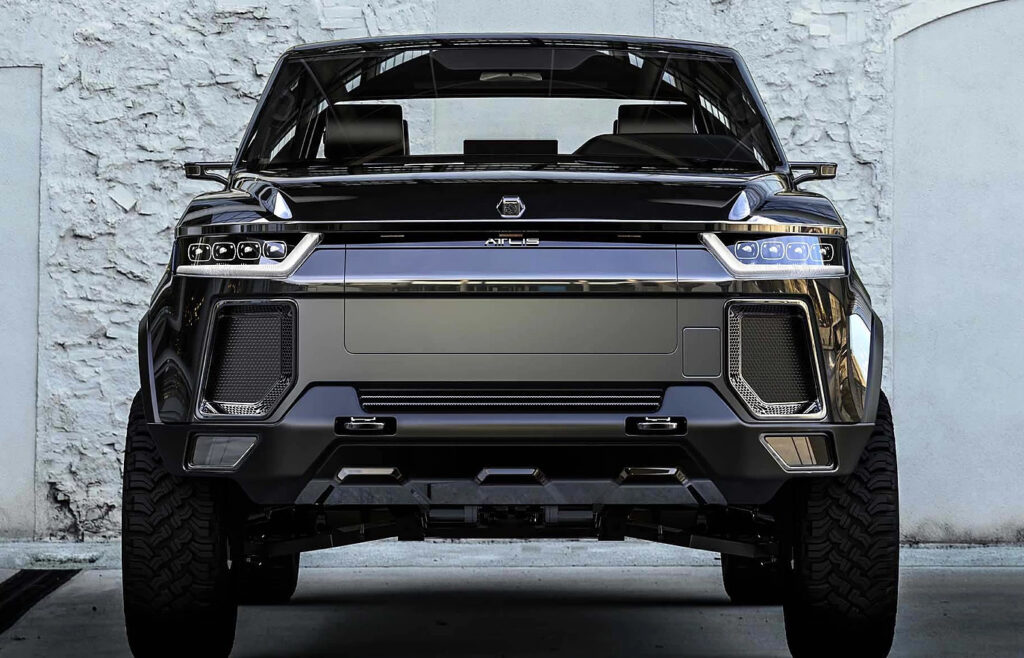
Considering 20 percent of the Australian new-car market for the first six months of 2021 is for utes, there’s a fair chance Australia is on the hit list.
Already Toyota is looking at options to sell the Tundra locally and Ram and Chevrolet are sold here in growing numbers after factory-approved right-hand drive conversions.
The market for large American pickup trucks is growing – and Kocwa believes it could one day match the demand for smaller utes such as the Toyota Hilux and Ford Ranger that dominate in Australia.
Size is a big part of the Atlis sales pitch. And in its home market Atlis is aiming at those wanting to do serious work with their big trucks.
With four motors, the sizeable pickup has a claimed top speed of 193km/h.
Pricing starts at US$40,000 ($60,500) for a truck that can tow 4.5 tonnes with a regular hitch and travel up to 500km between charges.
The XT pickup can take a fifth wheel and gooseneck trailer, paving the way for towing capacities way above the typical 3500kg limit for utes and SUVs in Australia; Atlis suggests an overall tow capacity of almost 16 tonnes.
The top-shelf “dually” – with two rear wheels on each side – is claimed to have a 2268kg payload and be able to tow up to tow up to 7.7 tonnes and costs US$78,000 ($105,000).
Atlis claims that fully loaded the truck will hit 60mph (96km/h) in 18 seconds.
Off-road is also a major focus. Because of the individual e-motors driving each wheel there is no need for differentials, something that helps ground clearance.
Atlis says it will sell some off-road-focused trucks with 15 inches of clearance – that’s 381mm. They will also have 12 inches of suspension travel and be able to drive through 1000mm of water.
READ MORE: Why electric cars will be more capable off-road
Charging is also a big part of the Atlis story.
Because its trucks are designed to tow, Atlis plans to have a charging network that allows a drive-through solution, rather than forcing people to reverse a large trailer out of a charging station.
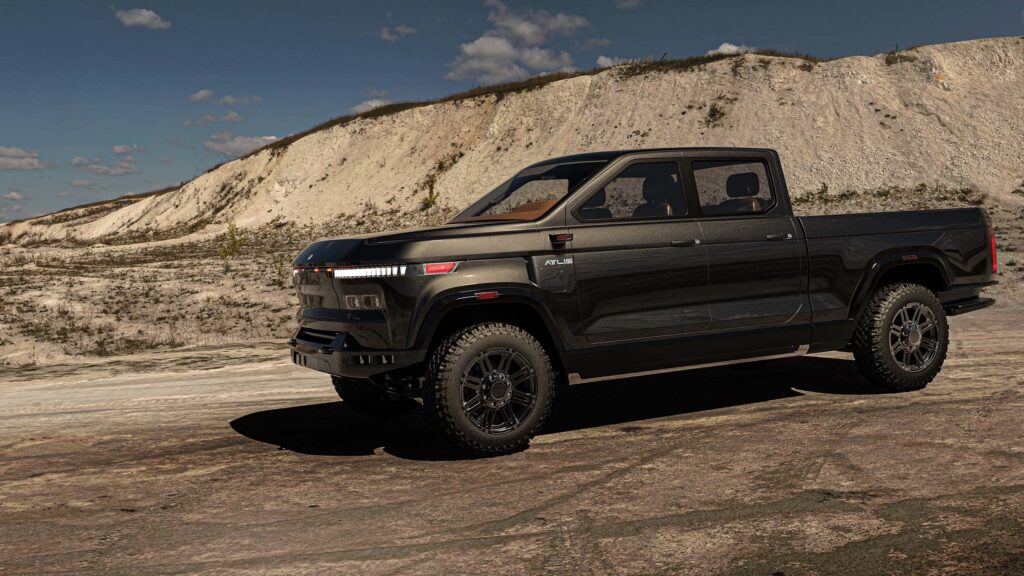
The company has also talked of capability for up to 1600V charging; most EVs have a 400V electrical architecture while the Porsche Taycan, Kia EV6, Hyundai Ioniq 5 and upcoming Audi e-Tron GT have 800V systems.
Higher voltages allow the current to be reduced for faster charging with less heat build-up.
Atlis wants to have a full recharge – from 0 to 100 percent – in 20 minutes.
AC home charging will be able to be done at up to 19.2kW, obviously assuming the charging system can provide that much electricity.


